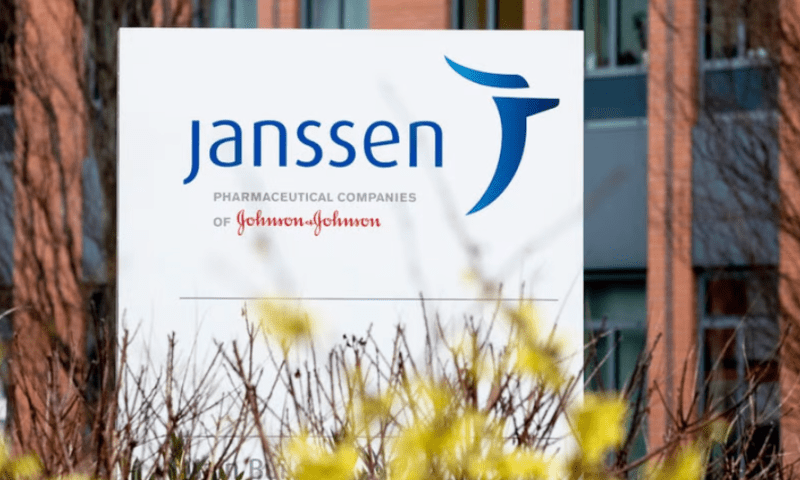Johnson & Johnson has posted clinical data on its $100 million gene therapy bet. The Big Pharma linked its inherited retinal disease candidate to improved vision in a phase 1/2 clinical trial, offering insights into how it may perform in an ongoing pivotal study.
J&J secured worldwide rights to the X-linked retinitis pigmentosa (XLRP) candidate and other prospects from MeiraGTx in 2019 in return for $100 million upfront and the promise of more on the back end. J&J and MeiraGTx moved the XLRP asset, botaretigene sparoparvovec, into a phase 3 clinical trial last year while still working to wrap up the expansion cohort of the earlier-stage study.
The phase 1/2 clinical trial was primarily designed to assess the safety and tolerability of subretinal administration of the gene therapy. On that front, the expansion arm, details of which were shared at the American Academy of Ophthalmology 2022 annual meeting, offered some encouragement.
MeiraGTx and J&J saw inflammation-related adverse events, including seven moderate and three severe cases, in the first phase of the study. However, the use of a modified prophylactic steroid regimen in the expansion cohort appears to have addressed the problem, with no participants who took triamcinolone suffering from moderate or severe ocular inflammation.
The efficacy analyses included two measures of field of vision, the primary endpoint in the phase 3 trial. Across the recipients of the low and intermediate dose in the escalation and expansion stages, the static perimetry scores changed by 2.41 at Month 6, versus a 0.45 change in the control arm. The difference, 2.56 versus 0.14, was larger when limiting the analysis to patients who met the phase 3 criteria.
MeiraGTx and J&J generated evidence that the impact of the gene therapy continues to increase. After six months, 26% of participants on the low and intermediate doses met the responder endpoint, versus 48% of the participants after 12 months. The partners also linked the gene therapy to improvements in the time taken to complete a mobility maze designed to assess functional vision.

